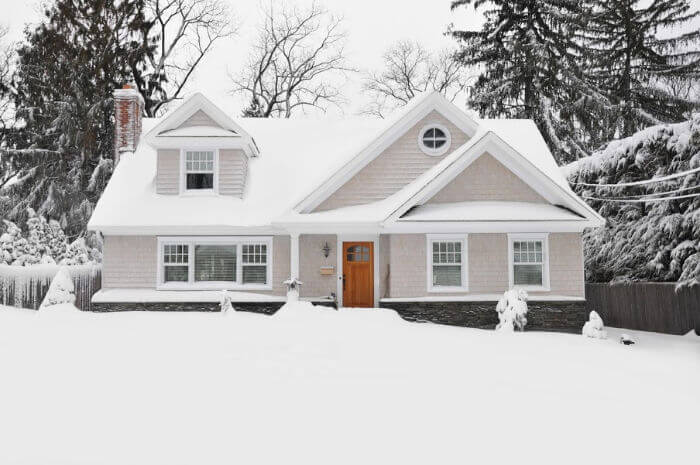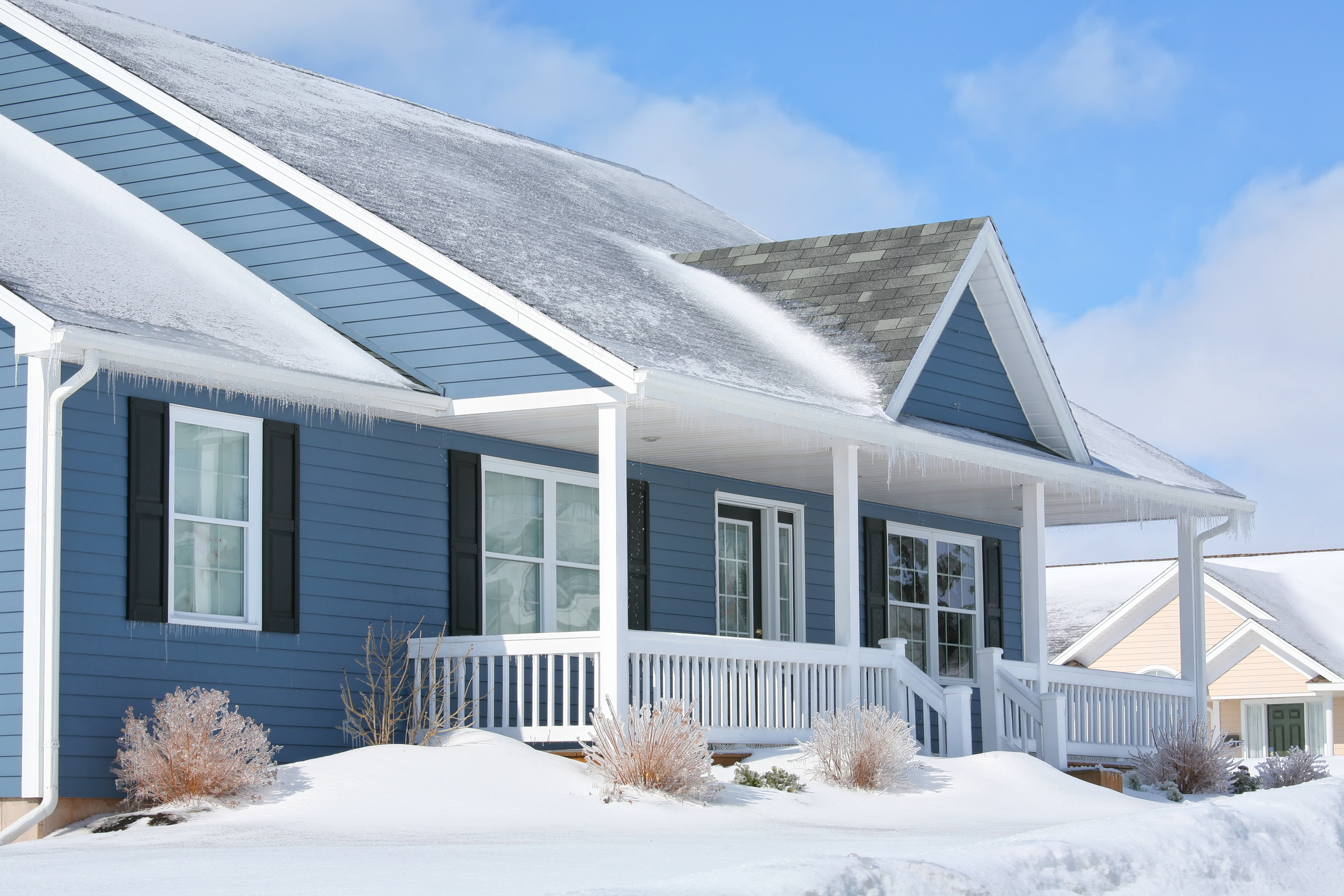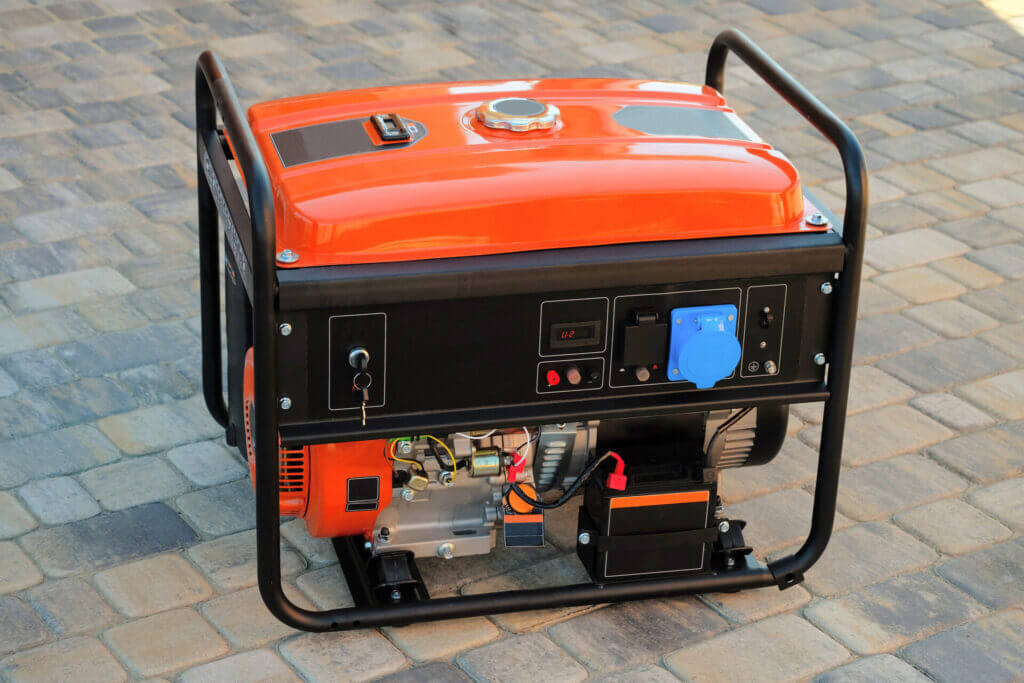Are you doing a siding project?
Modernize can pair you with three to four pros in your area, so you can compare options and save time and money.
- Vinyl Siding & Cold Weather
- Below-Freezing Temperatures Can Cause Brittleness in Vinyl Siding
- Challenges of Installing Vinyl Siding in Cold Weather
- Best Time to Install Vinyl Siding
- Strong Winds May Be Damaging to Vinyl Pieces
- The Quality of the Siding Makes a Huge Difference
- Fiber Cement Makes a Nice Alternative for Homes in Extreme Climates
- Ensuring Proper Siding Installation
Vinyl Siding & Cold Weather
Brrr … it’s cold outside. But when winter winds blow, it doesn’t just make you shiver. Low temperatures and freezing precipitation affect your home’s exterior, too, particularly if you have vinyl siding on your home. Due to its chemical makeup, vinyl is notoriously sensitive to temperature changes. While it’s usually tough enough to stand up to cold weather, you could find yourself faced with some additional challenges in a home with vinyl siding, particularly if you live in an area that regularly sees low temperatures and high winds. Here’s how vinyl cladding can be affected by chilly weather — and what you can do to prevent problems with cracking and blow-offs.

Below-Freezing Temperatures Can Cause Brittleness in Vinyl Siding
Vinyl siding and extreme temperatures don’t always mix well. Like any plastic-based material, vinyl is sensitive to temperature changes. In below-freezing conditions, it becomes brittle and more prone to cracking or damage. If you’re handling or installing vinyl siding in winter, extra caution is required.
Challenges of Installing Vinyl Siding in Cold Weather
While it’s not impossible to install vinyl siding in the winter, the process is more difficult due to its brittleness. Another major concern is temperature-related expansion and contraction. Vinyl contracts in cold weather and expands as temperatures rise. A standard 12-foot piece of siding can expand by up to ⅝ of an inch in warmer conditions. While that may seem small, improper installation can lead to buckling, warping, or misalignment when the weather changes.
Best Time to Install Vinyl Siding
If possible, it’s best to schedule vinyl siding installation or replacement in spring or fall, when temperatures are more stable. This minimizes the risk of expansion and contraction issues, ensuring a longer-lasting and more secure fit.
Winter Siding Installation Tips
If you must replace or repair vinyl siding in cold weather, choosing an experienced contractor is crucial. A skilled installer will:
- Adjust cuts to prevent siding from pushing against window casings or trim when it expands in warmer temperatures.
- Leave proper spacing when nailing pieces in place to allow for natural expansion.
- Handle materials carefully to prevent cracking or breakage due to brittleness.
While winter siding installation requires extra precautions, the right contractor can ensure a quality result that withstands seasonal changes.
Find the Right Contractor for Your Siding Project
Whether you’re ready to begin your project now or need some expert advice, our network of contractors are here to help. With a few simple questions, we’ll find the best local professionals for you
Strong Winds May Be Damaging to Vinyl Pieces
The Quality of the Siding Makes a Huge Difference
On the other hand, vinyl achieves some pretty high energy efficiency numbers, meaning your home will be nice and cozy throughout the winter months — and your utility bills will benefit, as well. But the quality of the materials can make a massive difference here — and you can usually gauge the quality by reading the packaging or marketing materials accompanying the product.
Look for siding that measures 042 to .045 inches thick — the thicker the pieces, the more durable they’ll be. Also, check out the product’s warranties and weather-resistant properties. Materials that come warrantied for long periods — anywhere from 50 years to a lifetime — typically have better reputations for quality.
Fiber Cement Makes a Nice Alternative for Homes in Extreme Climates
If your home regularly faces frigid temperatures and you’re concerned about the longevity of vinyl siding, fiber cement can be a durable alternative. Made from a mix of wood fibers, cement, and silica, fiber cement siding is more resistant to expansion and contraction compared to vinyl. It also performs well in moist and snowy climates, reducing the risk of warping or cracking. Additionally, pairing fiber cement siding with insulation can improve your home’s energy efficiency.
However, these benefits come at a price; fiber cement siding generally costs more per square foot than vinyl.
Ensuring Proper Siding Installation
While vinyl siding has some weather-related challenges, most issues can be avoided with correct installation. Hiring an experienced contractor is key to ensuring your siding is secure, weather-resistant, and long-lasting. Before choosing an installer:
- Review their past work and check customer reviews.
- Ask about their experience handling vinyl or fiber cement siding.
- Ensure they understand proper installation techniques to prevent buckling, warping, or blow-offs.
With quality materials and expert installation, your home’s siding will stand up to harsh winter conditions, keeping it protected for years to come.
Find the Right Contractor for Your Siding Project
Whether you’re ready to begin your project now or need some expert advice, our network of contractors are here to help. With a few simple questions, we’ll find the best local professionals for you
Reviews from Real Homeowners
Welcome to Homeowner Resources! We are the Modernize blog. Modernize pairs more than 3 million homeowners a year with pre-vetted contractors in their area. This blog started because we believe homeowners should know everything about their homes, from how their HVAC works to which front door colors they might love. On Homeowner Resources, you can find information on every part of your home, right down to how you can negotiate with contractors to get the best price. Here's more about the blog.
Need a contractor? Learn more about how Modernize finds the right pro for you.





